Best Companion Plants For Butternut Squash
Title: Best Companion Plants for Butternut Squash
Introduction:
Butternut squash is a delicious and versatile winter squash that is a staple in many gardens. But did you know that there are certain plants that can help your butternut squash plants thrive? Companion planting is the practice of planting different types of plants together to benefit each other. By planting the right companion plants with your butternut squash, you can improve their growth, deter pests, and attract pollinators.
Main Content:
Here are some of the best companion plants for butternut squash:
- Beans: Beans are legumes, which means they can fix nitrogen in the soil. This is beneficial for butternut squash, as nitrogen is an essential nutrient for plant growth. Beans can also help to suppress weeds and improve soil drainage.
- Peas: Peas are another type of legume that is a good companion plant for butternut squash. They also fix nitrogen in the soil and can help to suppress weeds. Peas are a bit more delicate than beans, so they should be planted a few weeks after the butternut squash plants.
- Sunflowers: Sunflowers are tall plants that can provide shade for butternut squash plants. This is especially beneficial during the hot summer months. Sunflowers can also help to attract pollinators, which are essential for pollination of butternut squash flowers.
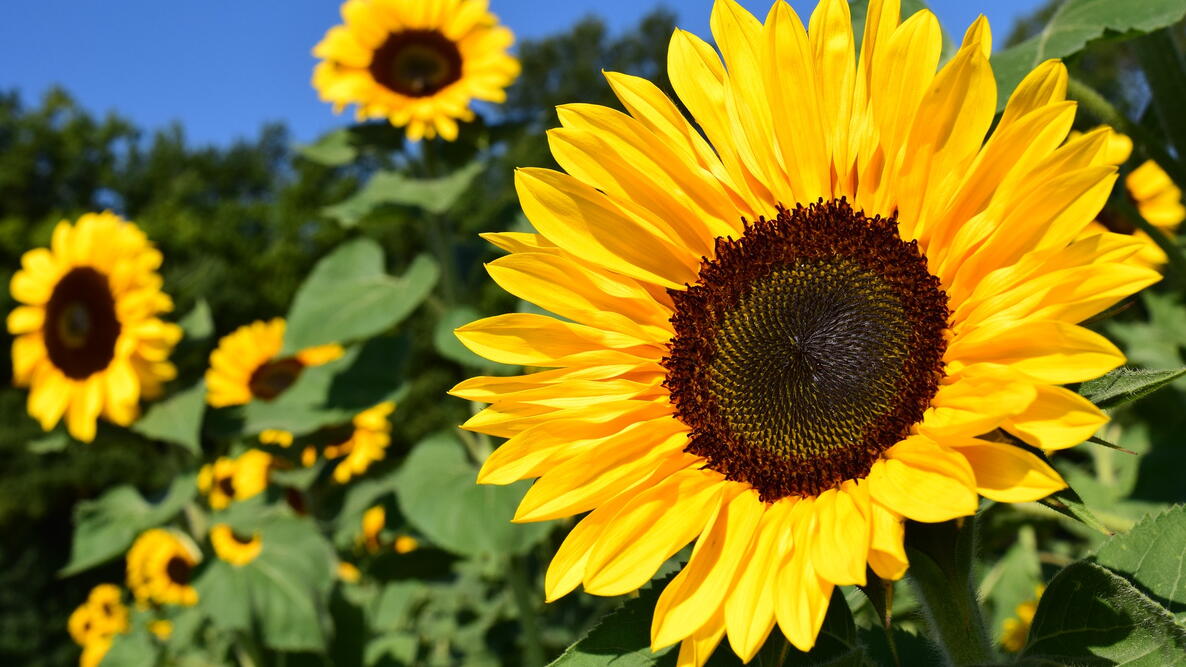
- Dill: Dill is an herb that attracts beneficial insects, such as ladybugs and lacewings. These insects help to control pests that can damage butternut squash plants. Dill can also help to improve the flavor of butternut squash.
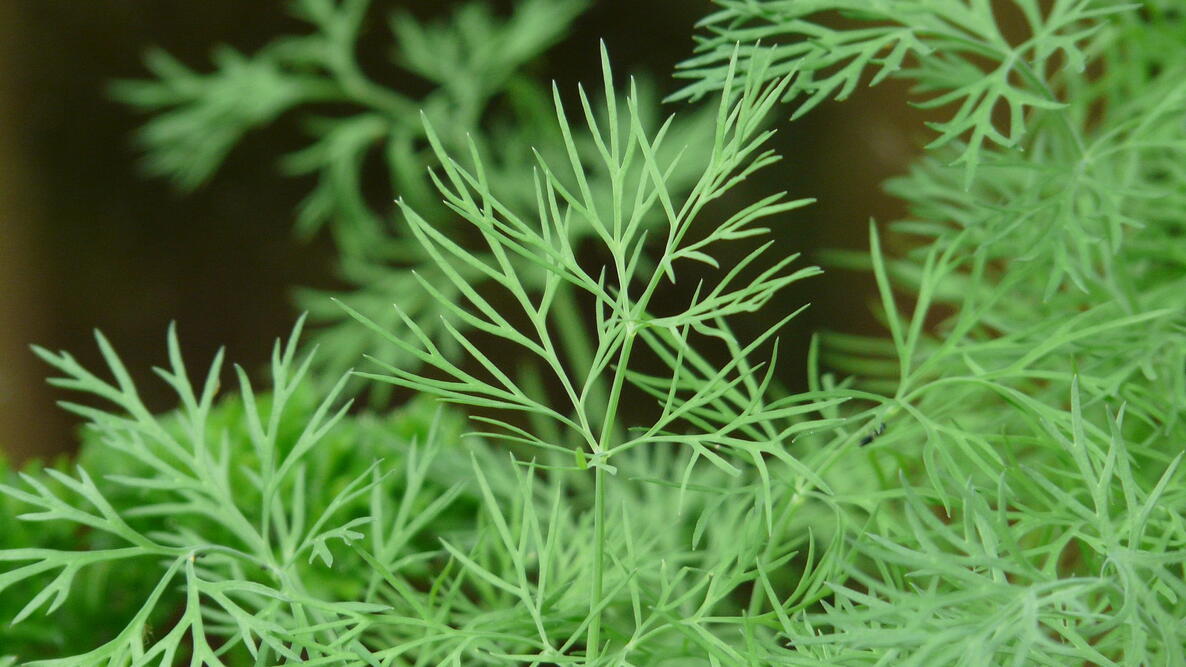
- Nasturtiums: Nasturtiums are another type of herb that attracts beneficial insects. They also deter pests, such as squash bugs. Nasturtiums are a bit more ornamental than some of the other companion plants on this list, but they can still be a valuable addition to your garden.

- Cosmos: Cosmos are flowering plants that attract pollinators. They also help to improve the soil quality by attracting earthworms. Cosmos are a great way to add some beauty to your garden while also benefiting your butternut squash plants.
Conclusion:
By planting the right companion plants with your butternut squash, you can help them to thrive. These plants will improve the growth of your squash, deter pests, and attract pollinators. So next time you're planning your garden, be sure to consider these beneficial companion plants.
Butternut squash is a delicious and versatile vegetable that can be enjoyed in many different ways. But did you know that companion planting can help you grow bigger and healthier butternut squash?
Companion planting is the practice of planting different types of plants together to benefit each other. Some plants, such as beans and peas, can help to improve the soil quality for butternut squash. Others, such as marigolds and nasturtiums, can help to deter pests.
If you're interested in learning more about companion planting for butternut squash, I recommend visiting Garden Wiki. This website has a wealth of information on the topic, including a list of the best companion plants for butternut squash, as well as tips on how to plant them together.
FAQ of companion planting butternut squash
- What are some good companion plants for butternut squash?
Some good companion plants for butternut squash include:
Beans: Beans are nitrogen-fixing plants, which means they can help to improve the soil quality for your squash plants.
Corn: Corn provides shade for your squash plants, which can help to protect them from pests and diseases.
Sunflowers: Sunflowers attract pollinators, which can help to improve the pollination of your squash blossoms.
Marigolds: Marigolds help to repel pests, such as squash bugs and nematodes.
Dill: Dill attracts beneficial insects, such as ladybugs and lacewings, which help to control pests.
What plants should I avoid planting near butternut squash?
Some plants that you should avoid planting near butternut squash include:
Melons: Melons are heavy feeders, and they can compete with squash plants for nutrients.
Beets: Beets have aggressive root systems, and they can disrupt the roots of squash plants.
Potatoes: Potatoes are susceptible to the same pests and diseases as squash plants, so planting them together can increase the risk of infection.
What are the benefits of companion planting butternut squash?
There are many benefits to companion planting butternut squash, including:
Improved soil quality: Nitrogen-fixing plants, such as beans, can help to improve the soil quality for your squash plants.
Pest control: Some companion plants, such as marigolds and dill, help to repel pests.
Pollination: Companion plants that attract pollinators, such as sunflowers, can help to improve the pollination of your squash blossoms.
Disease control: Some companion plants, such as nasturtiums, help to deter diseases.
How do I plant butternut squash with companion plants?
When planting butternut squash with companion plants, there are a few things to keep in mind:
- Choose companion plants that have similar growing requirements.
- Plant companion plants in a way that they will not compete with each other for space or nutrients.
- Plant companion plants that will benefit each other. For example, plant beans near squash plants to help improve the soil quality.
Image of companion planting butternut squash
- Butternut squash and beans. Beans fix nitrogen in the soil, which is beneficial for butternut squash. They also help to deter pests.
- Butternut squash and corn. Corn provides support for the vining butternut squash plant. It also attracts beneficial insects.
- Butternut squash and marigolds. Marigolds help to deter pests, such as squash bugs. They also add a splash of color to the garden.
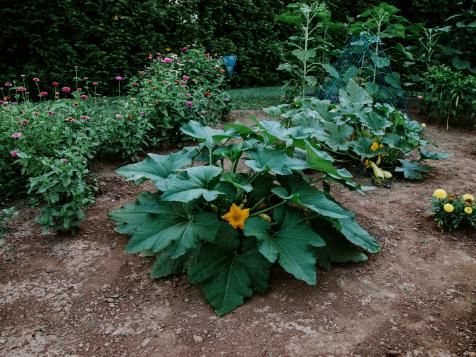
- Butternut squash and nasturtiums. Nasturtiums attract beneficial insects, such as ladybugs. They also add a peppery flavor to salads.
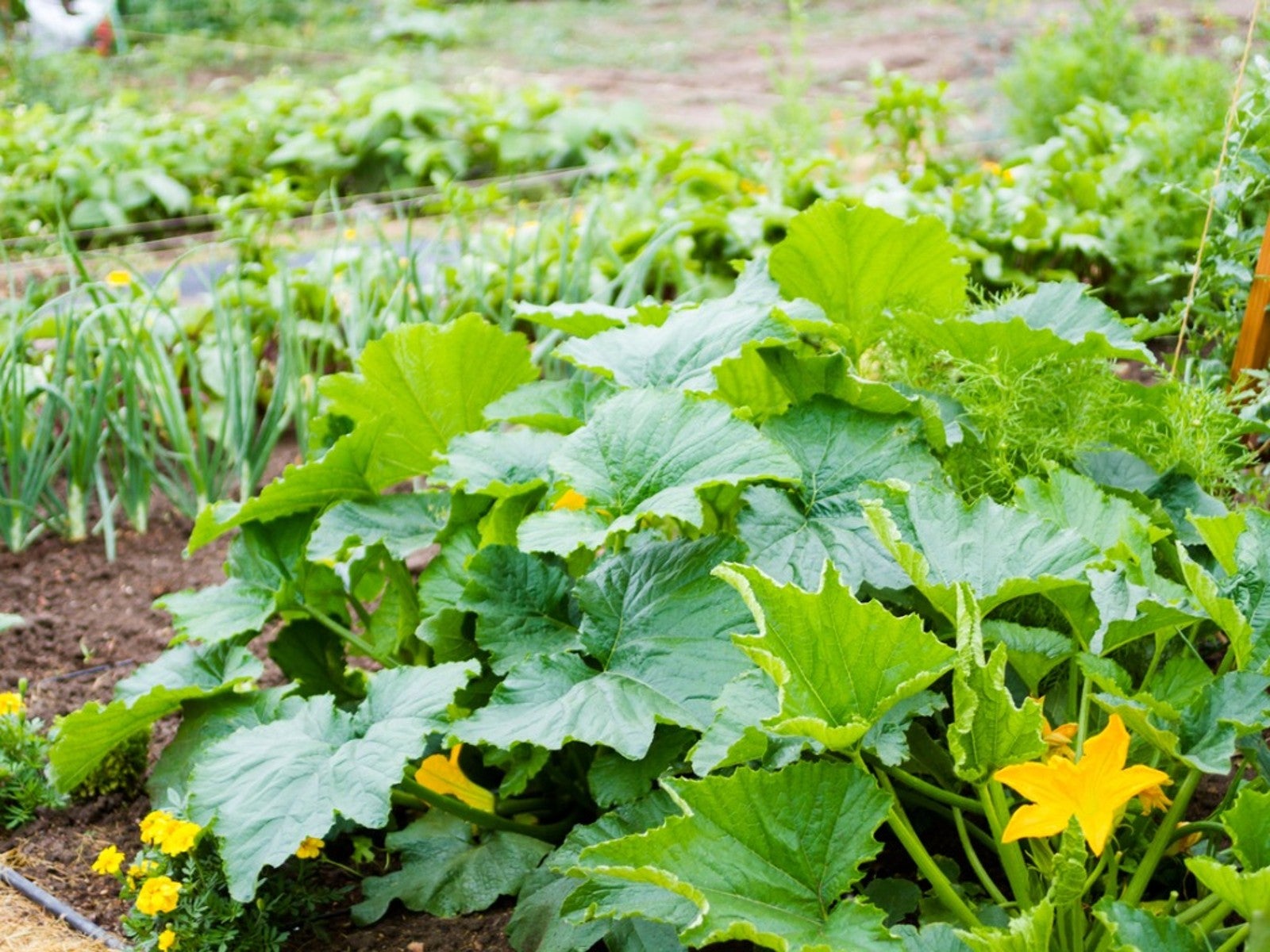
- Butternut squash and sunflowers. Sunflowers attract pollinators, which help to pollinate the butternut squash flowers. They also add height and interest to the garden.
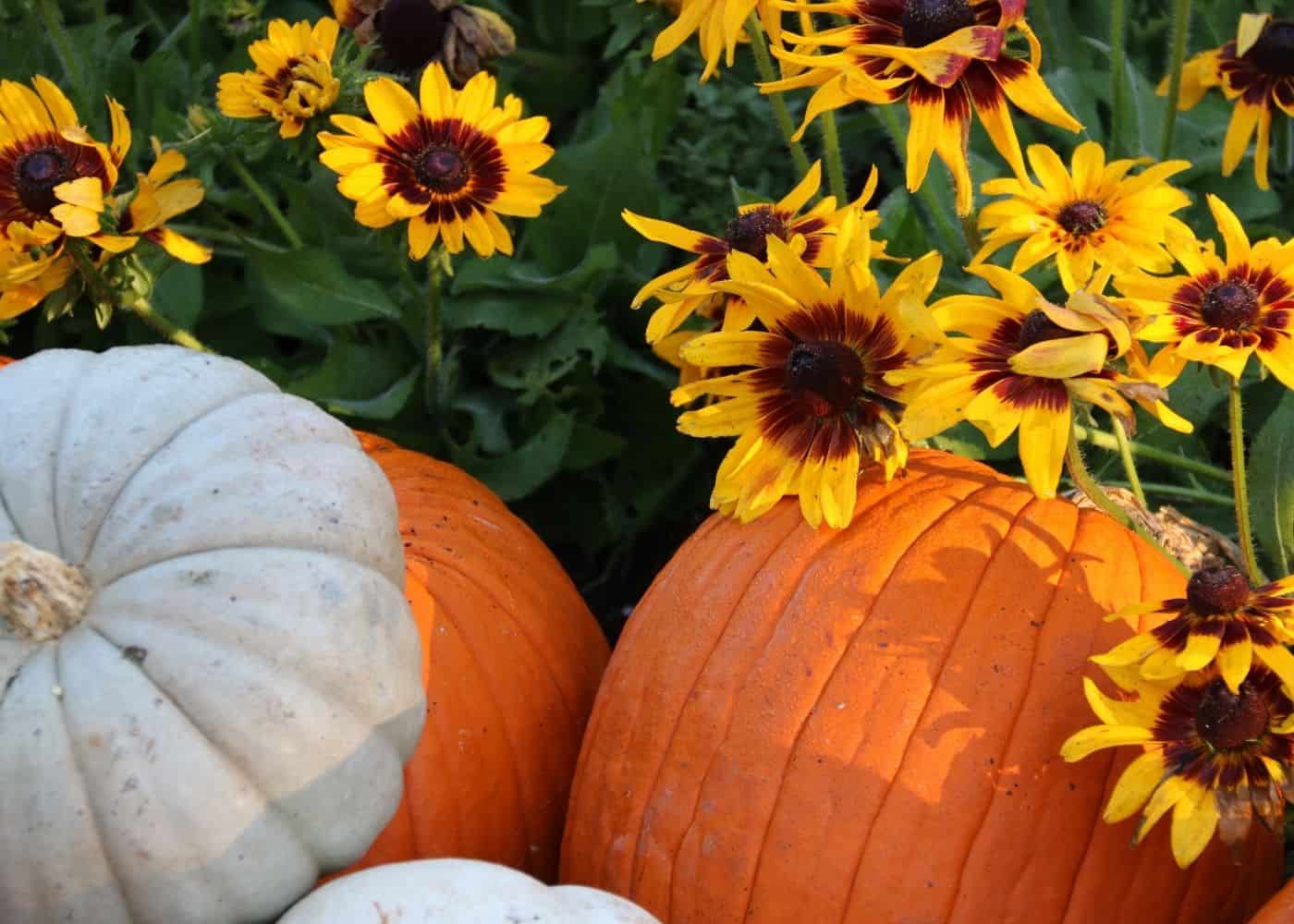
- Butternut squash and spinach. Spinach is a cool-weather crop that can be planted early in the season. It helps to suppress weeds and provides ground cover for the butternut squash plant.

- Butternut squash and radishes. Radishes are a quick-growing crop that can be planted between the rows of butternut squash. They help to break up the soil and deter pests.
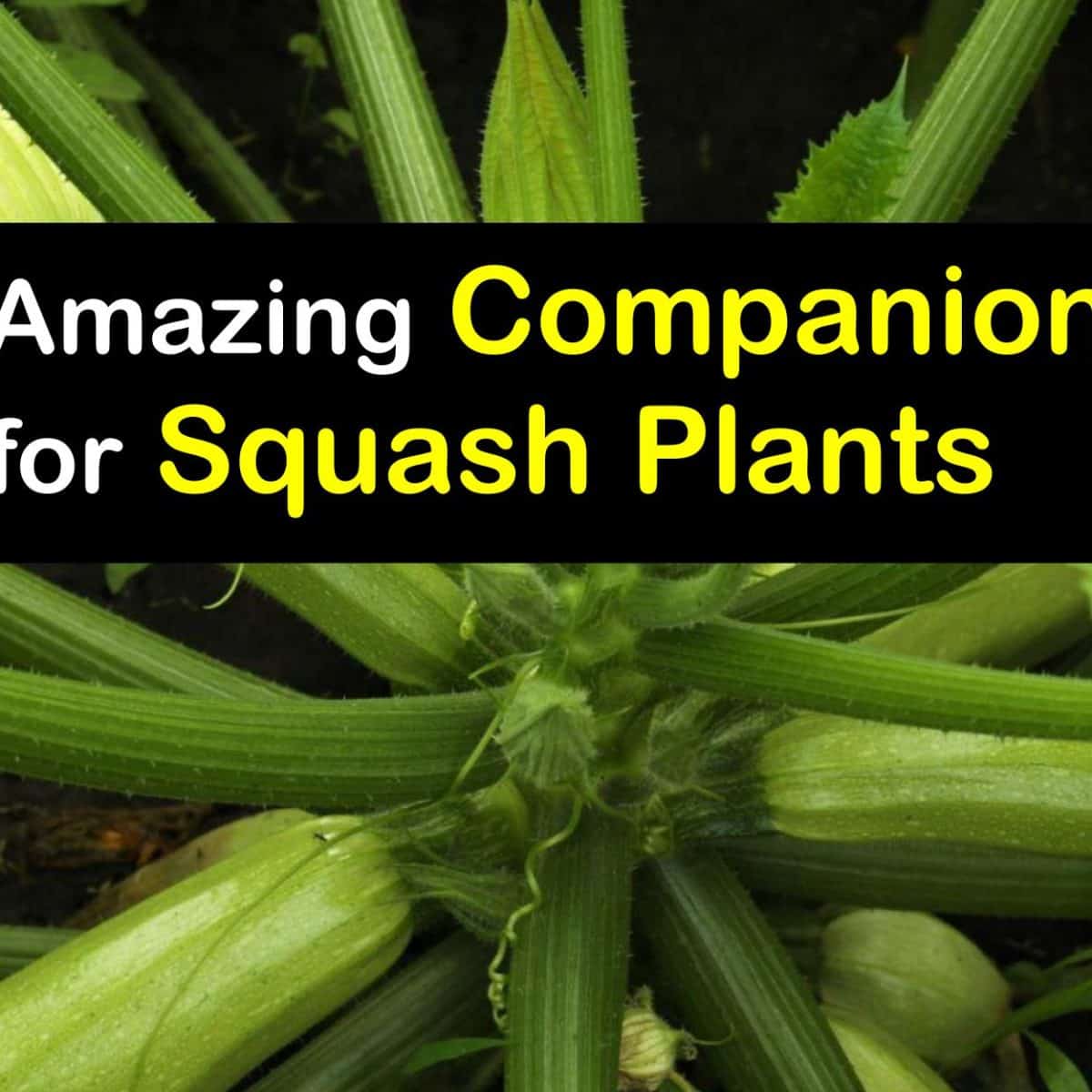
- Butternut squash and lettuce. Lettuce is a low-growing crop that can be planted around the base of the butternut squash plant. It helps to suppress weeds and provides shade for the roots.

- Butternut squash and cucumbers. Cucumbers and butternut squash are both vining plants that can be planted together. They help to support each other and provide shade for the roots.

- Butternut squash and tomatoes. Tomatoes and butternut squash can be planted together, but they should be spaced about 3 feet apart. Tomatoes need full sun, while butternut squash can tolerate some shade.
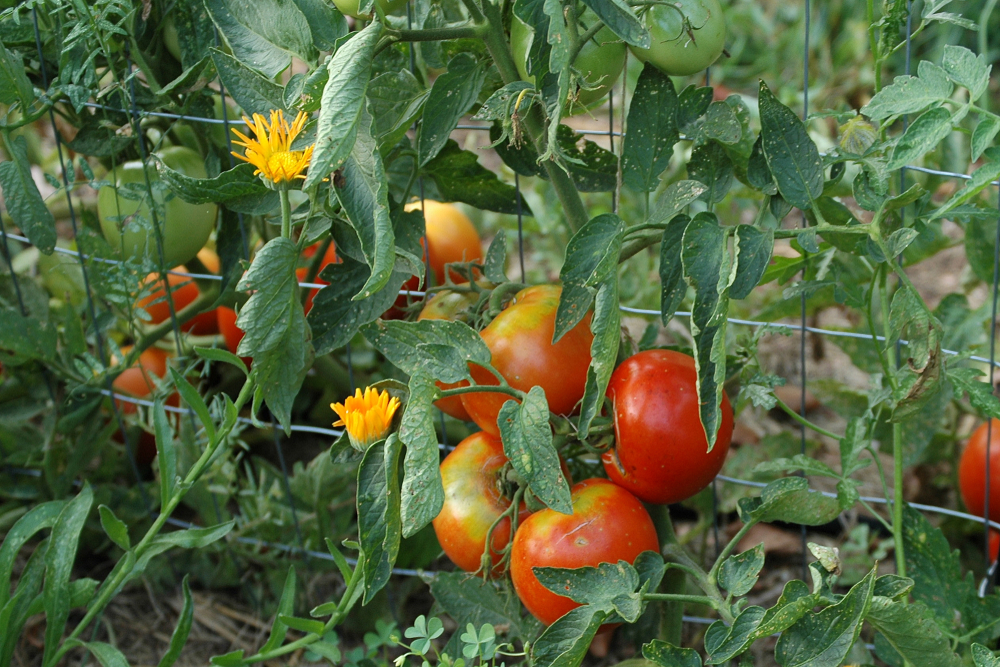
Post a Comment for " Best Companion Plants For Butternut Squash"